Not many particularly positive stories come out of Slavonia these days, but the potential is there, should someone tap into it…
Destination Vukovar – Vučedol – Ilok, is the national winner of the EDEN project for 2016/2017 on the theme of cultural tourism. Eltz Castle with a museum in Vukovar, old Iločki Cellars and vineyards (wine as part of heritage and culture), St. John Kapistran’s Church (he successfully fought the Turks back in the 15th century), the Fortress and Museum in Ilok, the modern museum in Vučedol (and the list goes on), are just some of the destinations worthy of a prestigious award that should additionally brand this area as a valuable cultural destination.
This area deserves a lot and is more than important because of the sheer devastation it suffered during the Homeland War, continuing to suffer more recently owing not to guns, but to poor economics and politics that led to depopulation. Nevertheless, Vučedol’s magnificent culture, thousands of years old, beautiful architecture from the times of both the Turkish and Austro-Hungarian empires, numerous museums, and some of the best varieties of wine are just some of the attractions that make paying this area a visit worthwhile.
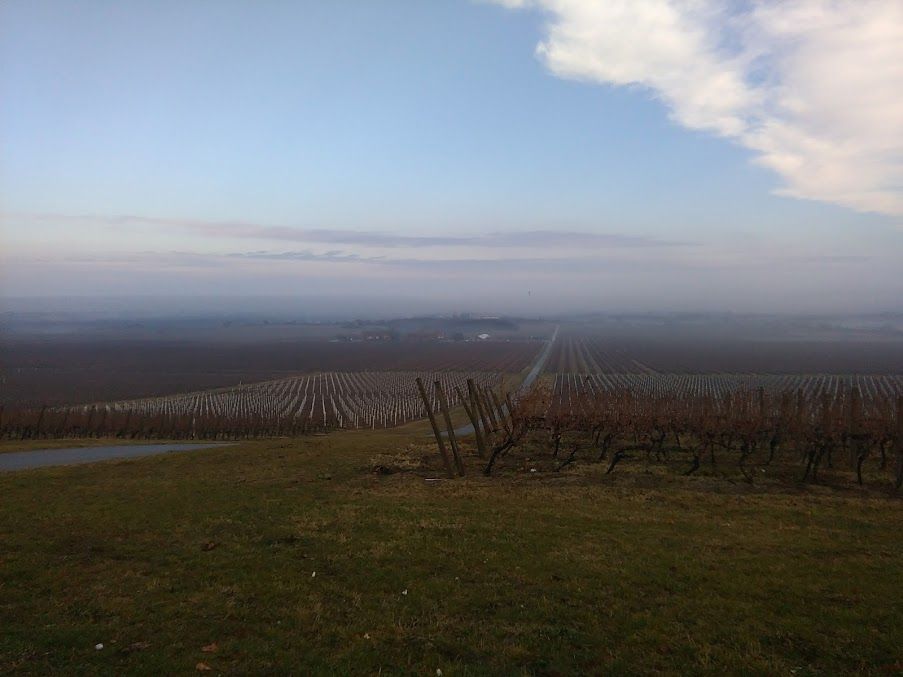
Only wine production survived
Eastern Croatia was one of the largest food producing areas, as well as a place of large-scale industrial production. What wasn’t destroyed by the war was destroyed by bad state and local policies which sparked a big wave of emigration. After getting off the motorway from Zagreb, the local roads in Slavonia are especially disturbing during the darker evening hours. Every fifth or sixth house has its lights turned on, while the others are eerily empty.
The town of Ilok is completely empty at nightfall, only a few old women who go to Mass in the Church of St. John Kapistran can be seen. For the few honey producers – the wasteland of Eastern Croatia and the industry shortage are somewhat good, but for contemporary young families, this area is currently entirely without perspective.
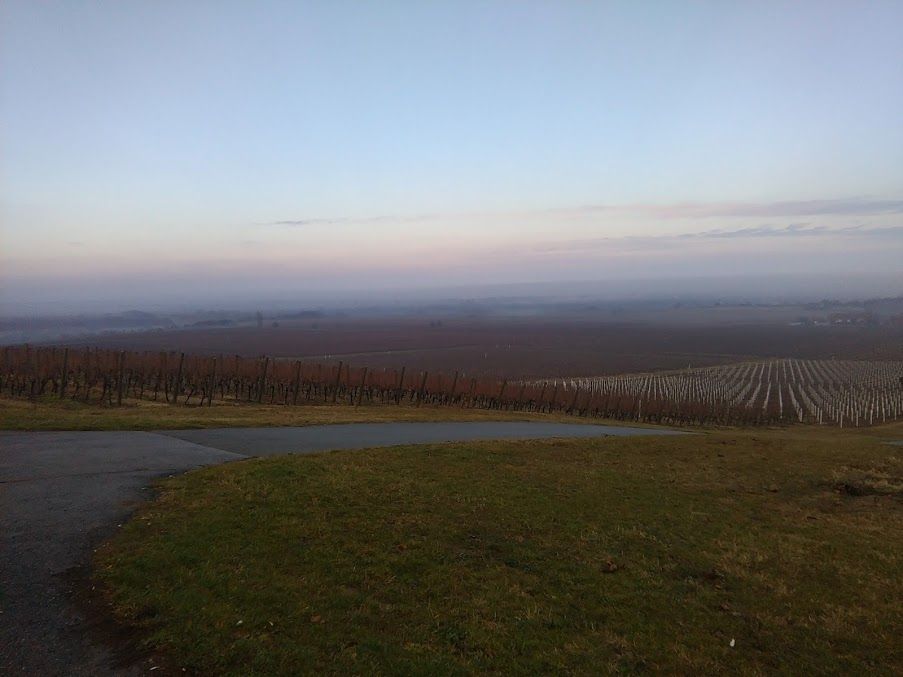
The only activity can be found in the Cellars of Ilok (Iločki podrumi), whose valuable legacy is a real attraction for both domestic and foreign tourists. When you visit an old basement, you can hear the story of the famous Traminac wine, served to the English queen upon her crowning in London.
You can taste the aforementioned wine in a newer facility where the restaurant and the tourist shop are. In addition to the Traminac, Graševina is a very highly appreciated white wine, as well other sparkling wines newly produced by Iločki Cellars. Red wines, such as Merlot and Cabernet Sauvignon, are also popular at the Iločki Cellars, this includes those produced by smaller local winemakers who then offer their products to local restaurants.
Vučedol culture – a world attraction
The contemporary museum of Vučedol culture has only recently been opened (back in 2015) and is proving to be very attractive. The interactive multimedia museum tells the rich story of the history and culture of this area in a contemporary way, such as by video presentation detailing initial metallurgy and the very first human settlements along the Danube river. By its significance, Vučedol has some of the historical values of old Mesopotamia and Egypt.
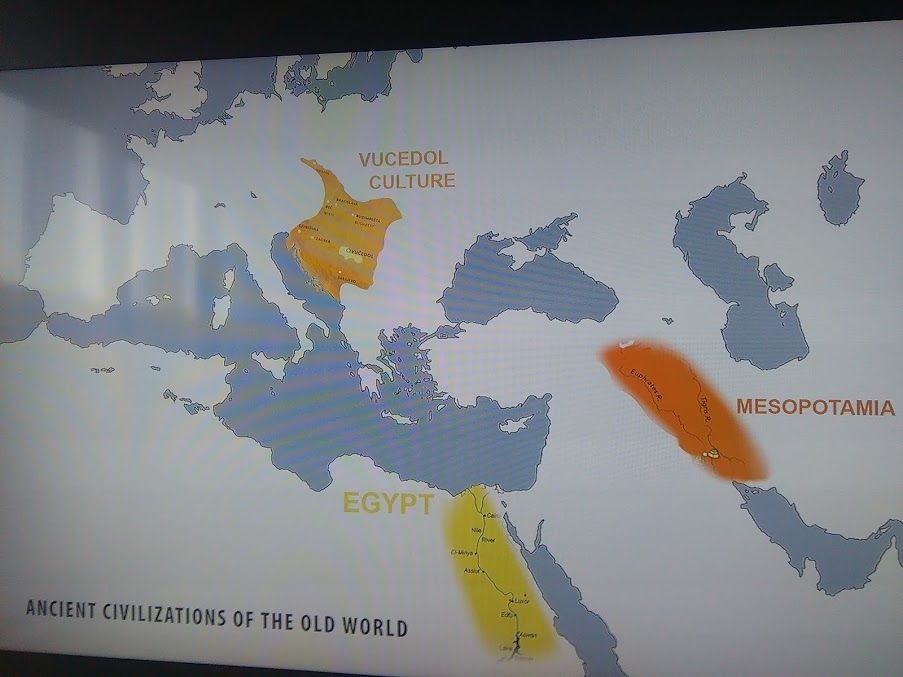
Vučedol, which is around five kilometres from the City of Vukovar, deserves worldwide fame since the presentation of its sites and valuable artefacts has been very modest in recent years.
Not only is the area known for Vučedol’s dove (which is actually a quail) but also for many other artefacts, such as the terrain (pots) from the tomb (found in 1985) which carries three of the oldest recorded dates in the world’s prehistoric times. Mars in Pleiades – February 7, 2889 BC, Venus in Pleiades – February 22, 2889 BC. and Mars and Venus at conjunction – March 9, 2889, BC.
Through video presentations, classical artefacts and the narration of local guides, the museum tells a story which is thousands of years old, and is increasingly reconstructing the life of the local population in that area is it once was. Vučedol culture was at its peak about 5,000 years ago when a couple of thousand people lived in an organised settlement which was, at least at that time, comparable to Paris or London in the modern day.
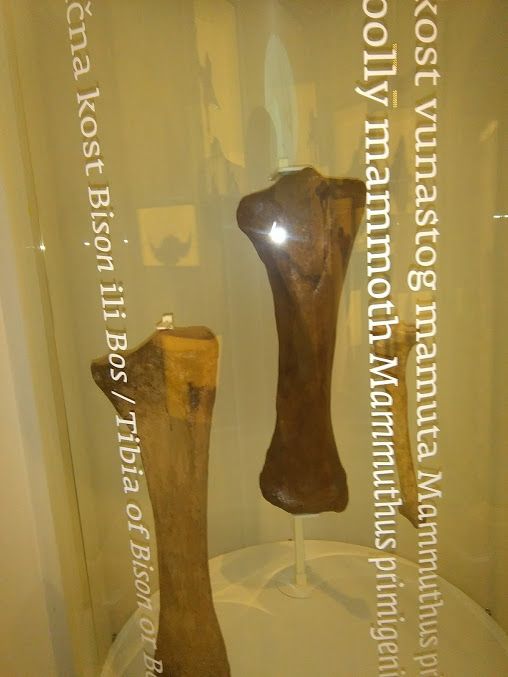
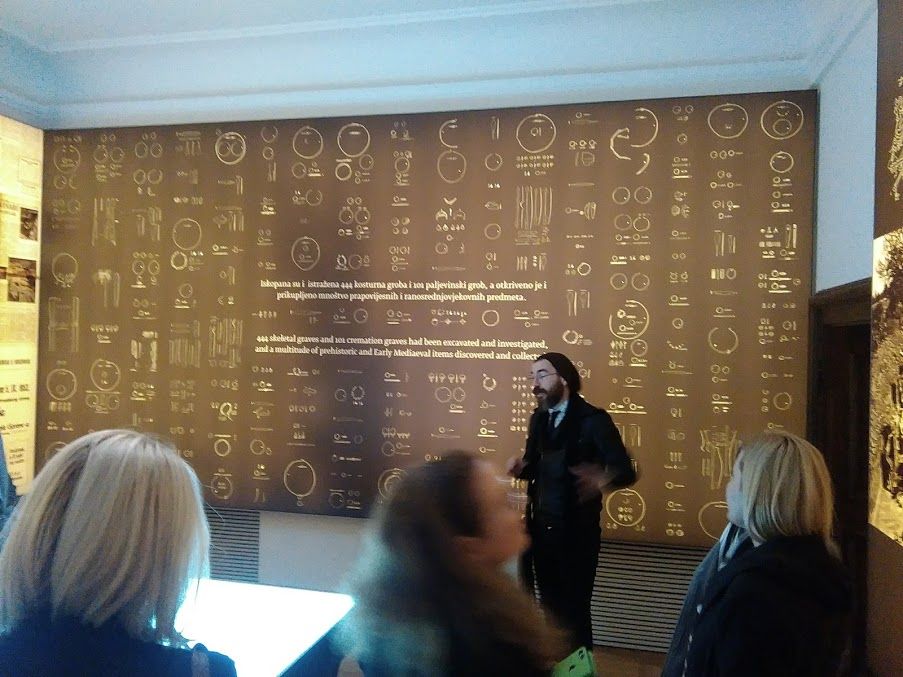
In the museum, you can also see a reconstructed house from the aforementioned time, which mass replication would surely attract tourists who want to experience how was life 5,000 years ago in this area really was.
New investments on the horizon
Zagreb Entrepreneur and Investor Nenad Bakić recently acquired the property of the fallen company ”Vukovar Dove”, which includes 23 derelict bungalows. The property has cultural heritage value and is close to the Museum of Vučedol culture. Bakić’s idea is to develop cultural tourism by rebuilding devastated infrastructure.
Bakić, a well known philanthropist, has already kick-started an educational revolution in Croatia by introducing micro-bits into the education of Croatian pupils. Perhaps his project in Vučedol will also cause the birth of a revolution in Croatia’s cultural tourism. Namely, the plan is to build (up until 2023) a complex that could become a world sensation.
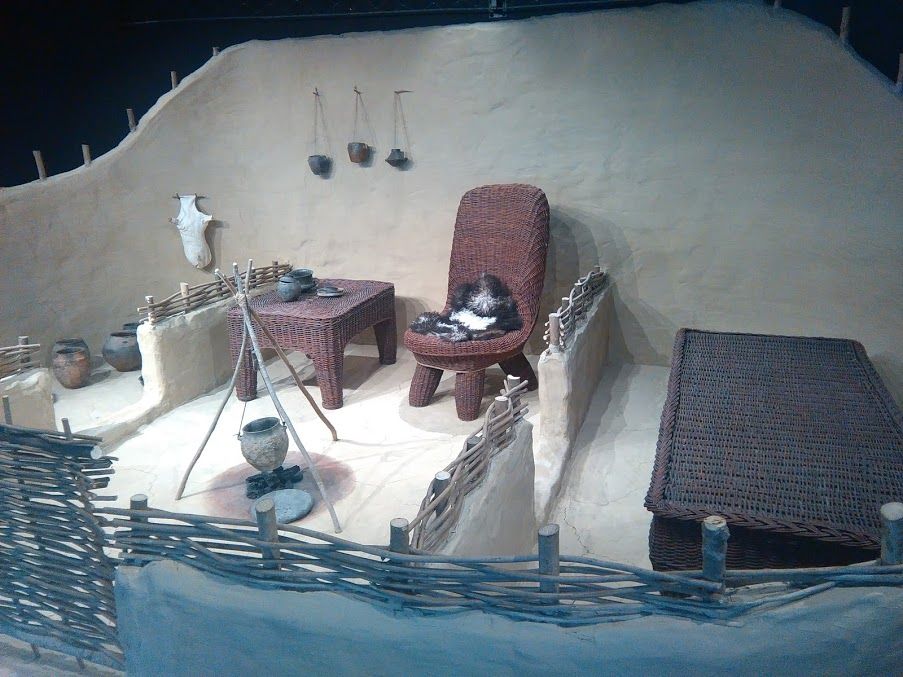
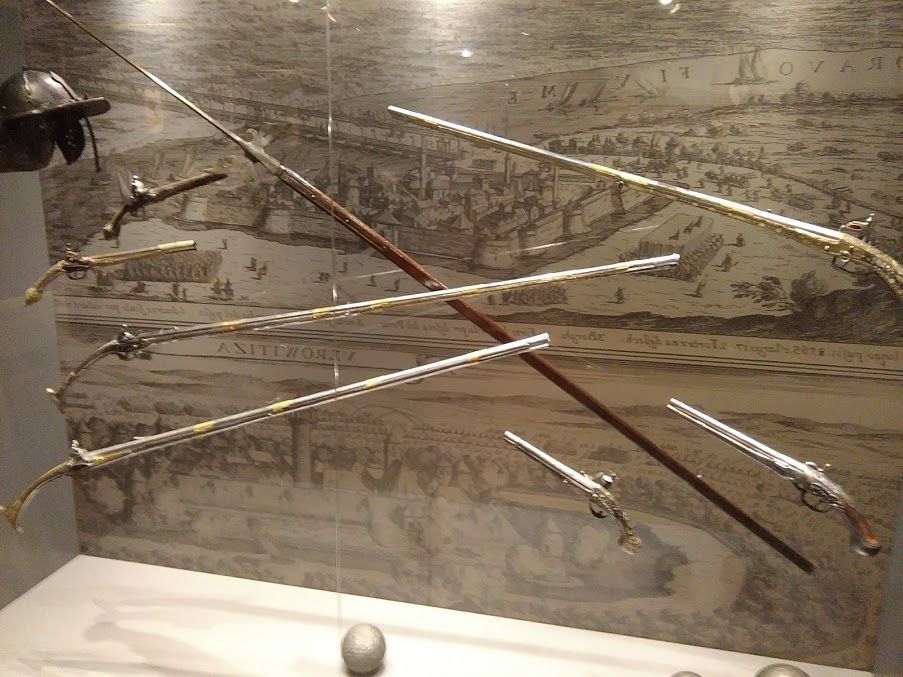
New ways of managing culture for tourist purposes
Brave, creative, contemporary and innovative models of cultural heritage management are increasingly popular. Namely, with the classic offer of cultural and tourist attractions to foreign and domestic guests, it is necessary to tell the true story of Croatia as a whole, as a land of rich cultural heritage.
Unfortunately, state tourism promoters such as the Croatian Tourist Board (HTZ), can hardly give themselves an idea without involving the private sector. It is necessary to involve the private sector in the promotion of the cultural brands of this beautiful region, which is particularly affected by the trend of emigrating Croats to other European countries.
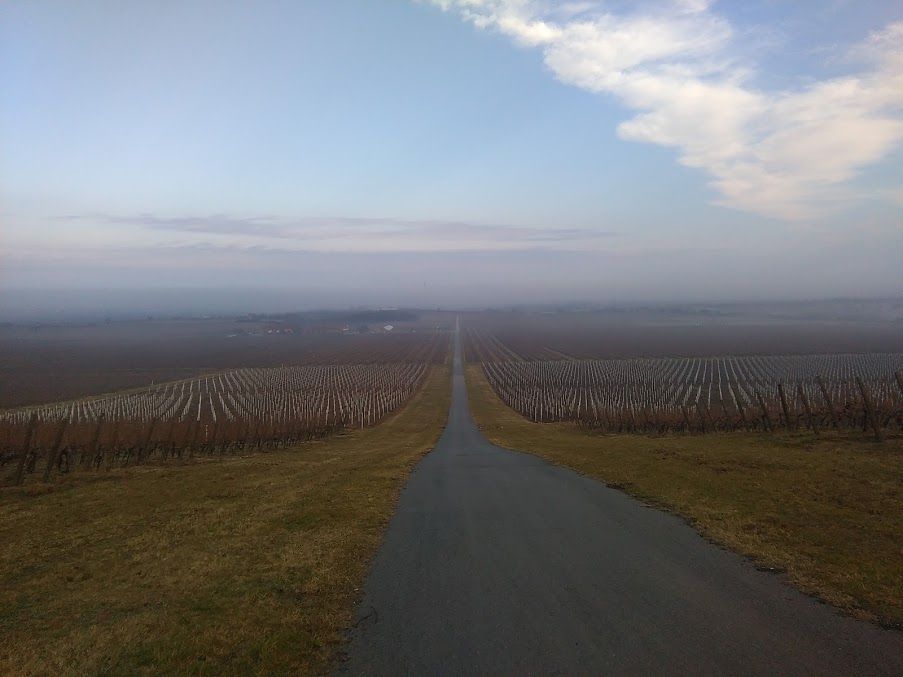
One of the successful examples of such cooperation, at least in the case of this region, is the introduction of a new wine of the Iločki cellars – Kapistran Negro (sorts: frankovka and cabernet sauvignon), ans the image of St.Kapistran from the Church is used to promote the new product. Additionally, the product promotes the culture of the area and the historic figure of admiration all over Europe. The result is a successful symbiosis of local business and culture.







